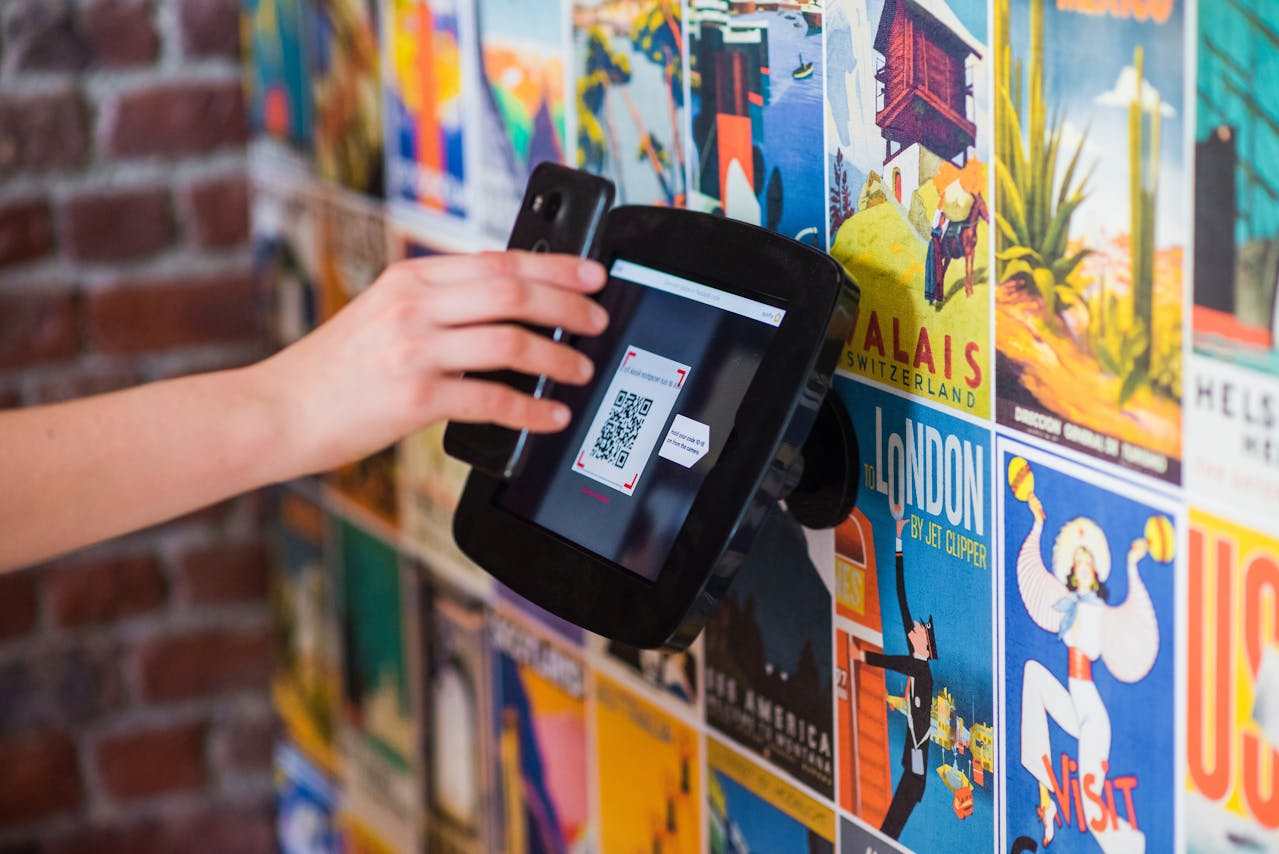Clean energy jobs are growing at twice the rate of fossil fuel jobs in many countries. According to the International Renewable Energy Agency (IRENA), the global renewable energy sector supported 13.7 million jobs in 2022, a number expected to more than double by 2030.
This shift is part of a broader global movement toward sustainability, reduced carbon emissions, and climate-conscious policies. Local governments and private companies are investing in clean energy like never before, and the results are evident.
As a result, we’re seeing new careers emerging, old roles being redefined, and entire industries being reshaped. From solar panel technicians to green finance experts, the clean energy revolution is touching every part of the economy.
In this article, we’ll break down the numbers, explore key job categories, highlight in-demand skills, and examine what lies ahead for this rapidly evolving job market.

The Numbers Behind the Green Job Boom
Clean energy careers are growing fast. Solar panel installation jobs will grow 48% by 2033. Wind turbine technician job roles are expected to increase by 45% to 60% in the same timeframe. These numbers are sourced from the U.S. Bureau of Labor Statistics, reflecting a robust renewable energy market outlook.
Compare this to traditional energy. Oil and gas extraction jobs will likely decline 8% through 2033. Coal mining positions continue to disappear across the country.
Current Clean Energy Employment:
| Sector | Number of Jobs |
| Solar energy | 255,000 |
| Wind power | 142,000 |
| Energy storage | 89,000 |
| Grid modernization | 176,000 |
Texas leads the nation with 76,000 clean energy jobs. California follows with 68,000 positions. Even traditionally coal-heavy states like Wyoming now offer wind energy careers.
The average clean energy worker earns $58,000 annually. This matches or beats many traditional energy sector wages.
Emerging Job Categories and Roles
Here’s a closer look at the types of roles being created:
Technical Jobs
- Solar Panel Installers: Rapidly growing in urban and rural areas alike. Requires basic electrical training.
- Wind Turbine Technicians: High demand in windy regions and offshore platforms.
- Energy Storage Experts: Needed to manage lithium battery systems and next-gen storage solutions.
- Grid Modernization Engineers: Focused on upgrading power infrastructure to handle clean energy input.
Professional & Managerial Roles
- Sustainability Consultants: Help companies reduce carbon footprints and meet ESG goals.
- Clean Energy Project Managers: Oversee installation and deployment of green tech systems.
- Environmental Compliance Officers: Ensure operations meet legal and environmental standards.
- Green Finance Analysts: Support investments in renewable energy through data and financial modeling.
Supporting Industries
- Manufacturing of Clean Energy Equipment: From wind blades to inverters, manufacturing is a key job generator.
- Environmental Impact Assessors: Evaluate potential damage or benefits of new projects.
- Energy Efficiency Auditors: Help homes and businesses reduce power usage through smart planning.
Skills in Demand and Career Transitions
Want to join the clean energy workforce?
Here’s what you’ll need:
Hard Skills
- Electrical systems knowledge
- Engineering background (mechanical, civil, or energy)
- Data analysis (for grid and energy usage tracking)
Soft Skills
- Project management
- Communication
- Problem-solving
- Adaptability in fast-evolving tech environments
Career Transitions
Many workers from oil, gas, and coal are finding success in clean energy through:
- Short retraining programs: Offered by technical schools or community colleges.
- Online certifications: Including programs in solar installation, energy auditing, and green project management.
- Apprenticeships and hands-on learning: Often sponsored by government or nonprofit initiatives.
Many core skills, like welding, heavy equipment operation, or data entry, transfer easily into green tech roles with just minor retraining.
Real Challenges Exist
Not everything about the clean energy job boom is perfect. Some areas have lots of opportunities, while others have few. Rural communities that depended on coal face tough transitions.
The skills gap is real. We have more open positions than qualified workers in many areas. This creates opportunities for people willing to train, but it also means some projects get delayed.
Policy changes affect job security. Tax incentives can disappear. Trade disputes impact manufacturing jobs. Smart workers stay informed about these factors.
The weather and climatic conditions affect some jobs more than others. Wind turbine work slows during storms. Solar installation depends on good weather. These seasonal patterns matter when planning your career.
Final Thoughts
The clean energy shift isn’t just about the environment; it’s reshaping the job market at every level.
If you’re a job seeker, now is the time to learn new skills or shift into a more sustainable industry. If you’re an employer, investing in green talent is both smart and future-proof.
Clean energy careers are stable, growing fast, and here to stay.
Curious where you fit in?
Explore roles in solar, wind, grid tech, and beyond; the future of work is looking a lot greener.










